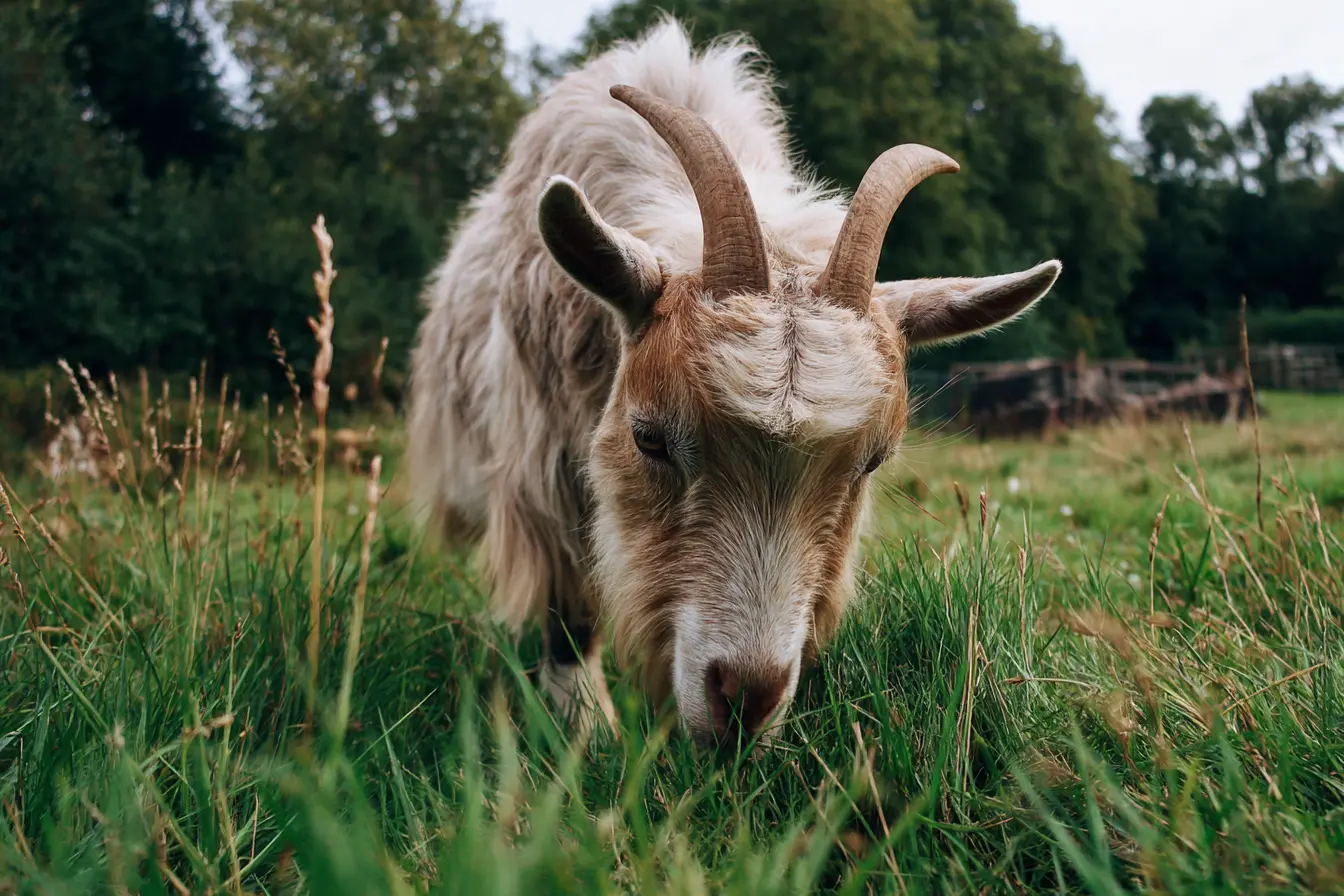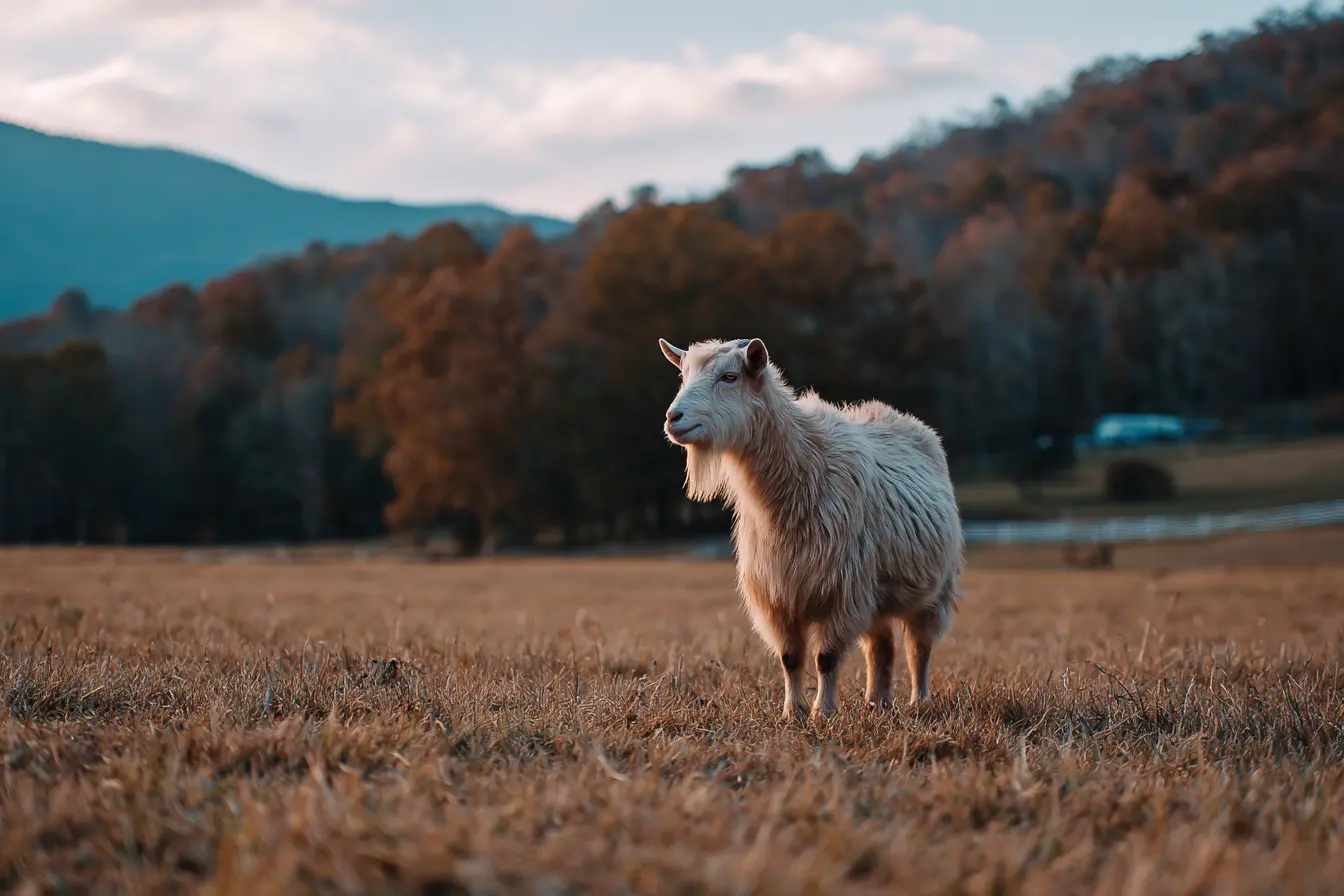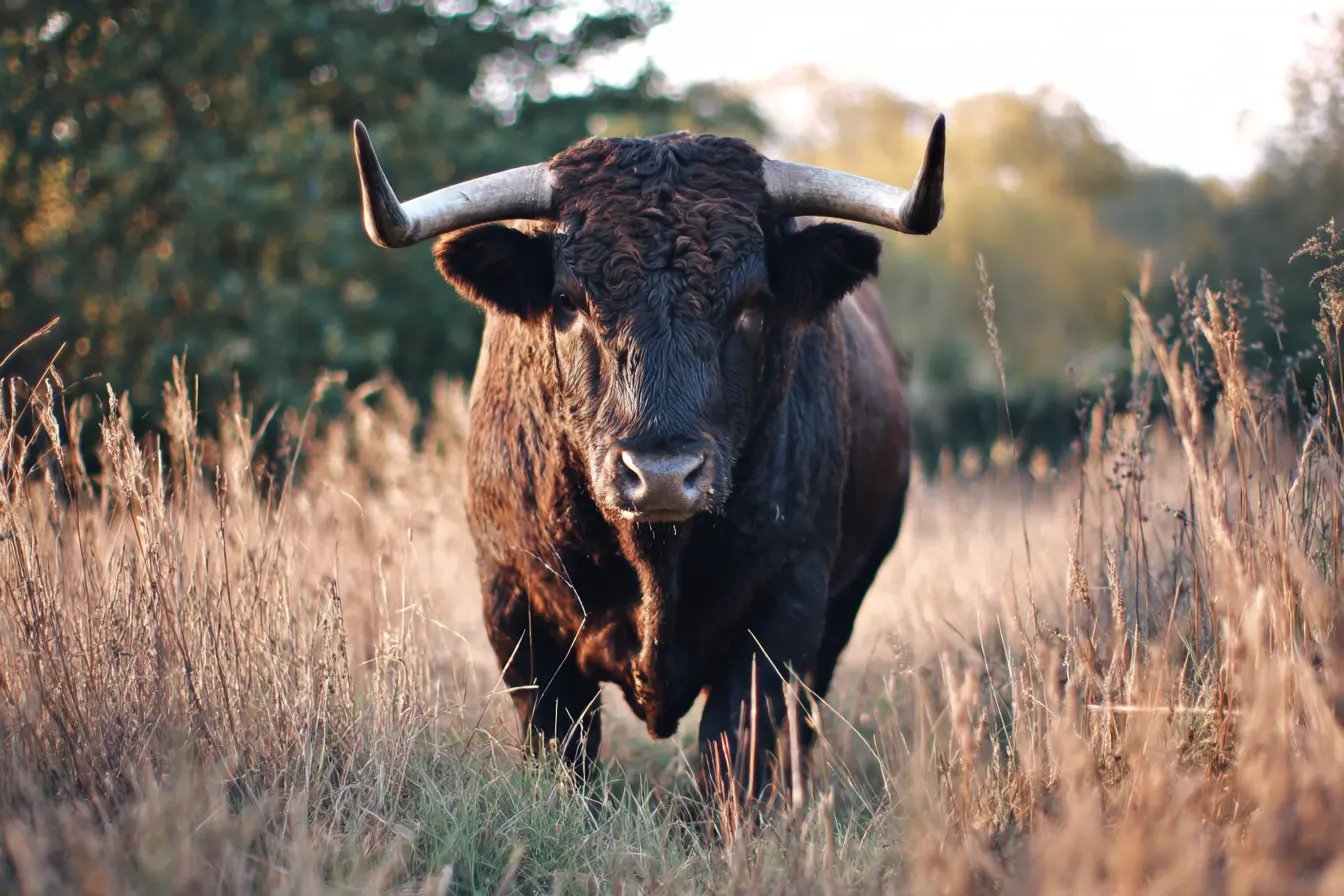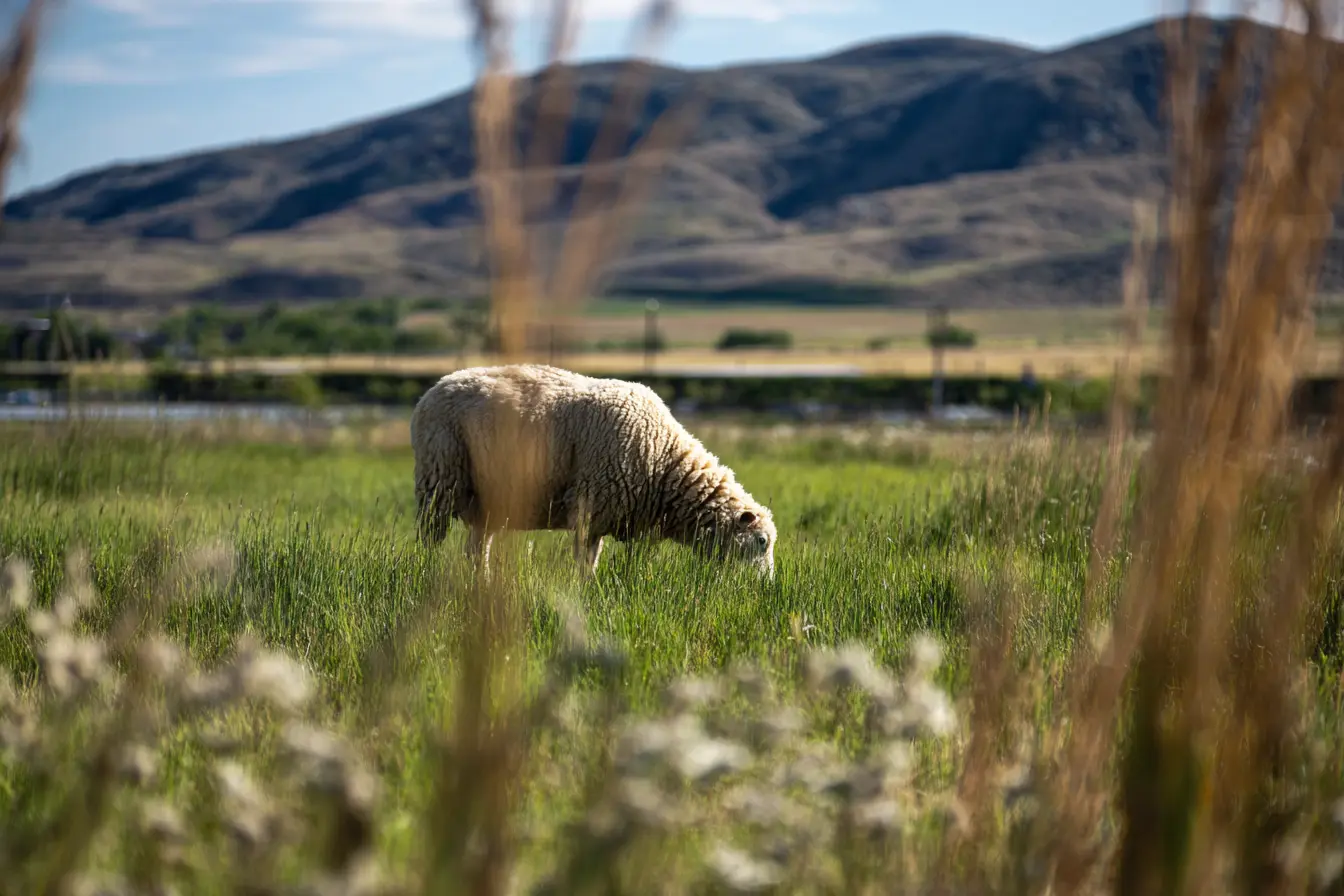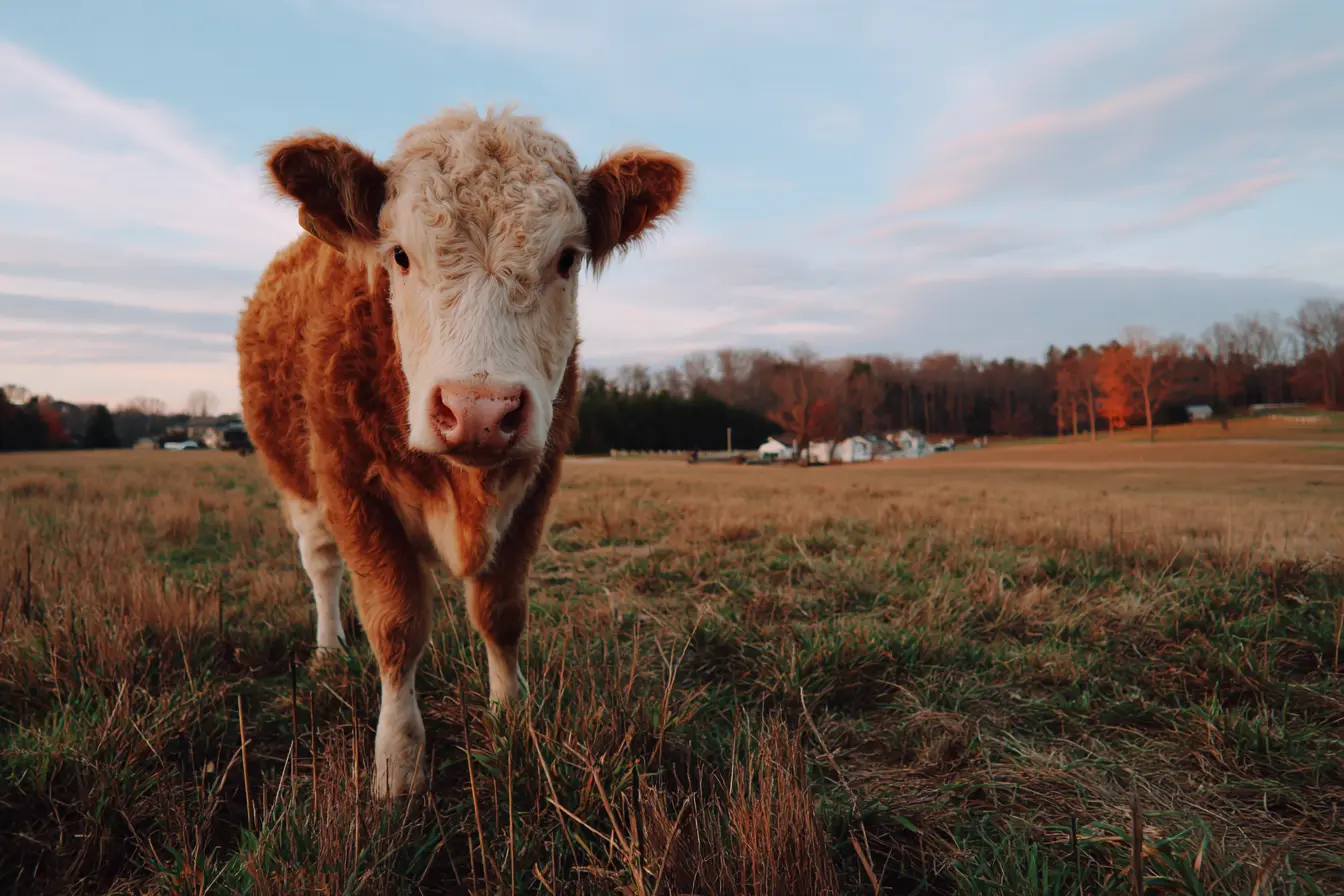
A Complete Guide to Disbudding in Cattle
Disbudding is the removal of horn buds in young calves before the horns have a chance to attach to the skull. It is the preferred and most welfare-friendly method of preventing horn growth in cattle. Disbudding is a standard management practice on UK farms because it improves animal welfare, reduces the risk of injury to people and other animals, and makes handling cattle safer and easier.
This guide provides a comprehensive overview of disbudding in cattle including why it is done, legal requirements, the correct timing and methods, pain management, aftercare, and welfare considerations.
Why Disbudding is Performed
Calves are born with horn buds - small, undeveloped horn tissue embedded under the skin. If left, these buds develop into horns that are firmly attached to the skull by about 2 months of age.
Disbudding prevents horn growth and offers several important benefits:
- Improved safety: Reduces the risk of injury from horned cattle to handlers and other animals.
- Better welfare: Prevents horn-related injuries, entrapment in fences or feeders, and aggressive behaviour.
- Easier handling and housing: Hornless cattle are easier to transport, group, and manage safely.
Disbudding at the correct age is far less painful and risky than dehorning older cattle, which involves removing fully grown horns and part of the skull.
Legal Requirements in the UK
Disbudding is regulated under the Animal Welfare Act 2006 and the Mutilations (Permitted Procedures) (England) Regulations 2007, with similar legislation in Scotland, Wales, and Northern Ireland.
Key legal points:
- Disbudding must be carried out by a trained, competent person.
- Local anaesthetic is legally required for disbudding calves of any age.
- Chemical cautery (caustic paste) may only be used on calves under 7 days old.
- Dehorning (removing attached horns) on calves over 2 months old must only be done by a veterinary surgeon and requires anaesthetic.
- Pain relief (analgesics) should always be used alongside anaesthetic to reduce post-operative pain.
These rules exist to protect calf welfare and ensure the procedure is done humanely.
Ideal Age for Disbudding
- The best time to disbud calves is between 2 and 6 weeks of age.
- At this stage, horn buds are not yet attached to the skull bone, making removal quick and minimally invasive.
- Disbudding older calves is more painful, more stressful, and has a higher risk of complications.
The Disbudding Procedure
The following is an outline of the standard hot iron disbudding procedure used on UK farms:
-
Restraint
- Calves are safely restrained in a disbudding crate or held securely to prevent movement.
- Calm handling is essential to reduce stress.
-
Local anaesthesia
- A local anaesthetic is injected around the cornual nerve (located halfway between the eye and the base of the horn bud).
- This numbs the area and is a legal requirement.
-
Pain relief
- A non-steroidal anti-inflammatory drug (NSAID) is given to provide ongoing pain relief after the anaesthetic wears off.
-
Disbudding with a hot iron
- The hair around the horn bud is clipped and the area cleaned.
- A heated disbudding iron is applied around the horn bud for several seconds, cauterising and destroying the horn-producing tissue.
- The bud is gently lifted out using the edge of the iron.
-
Post-procedure care
- The wound is checked to ensure complete destruction of horn tissue.
- Calves are monitored until fully recovered from restraint.
The whole procedure takes only a few minutes when done by an experienced person.
Aftercare
- Calves should be returned to a clean, dry environment after disbudding.
- Monitor for signs of infection, swelling, or bleeding.
- Provide plenty of fresh water and feed.
- Avoid mixing disbudded calves with older or aggressive animals until wounds heal (usually 2–3 weeks).
Potential Complications
Complications are rare when disbudding is done correctly and at the right age, but may include:
- Incomplete removal of horn tissue (leading to scurs — small regrown horn stubs).
- Infection of the disbudding site.
- Excessive bleeding if done too late when horns are attached to the skull.
Prompt treatment and good hygiene minimise these risks.
Alternatives to Disbudding
- Breeding polled cattle (naturally hornless) reduces the need for disbudding, though genetic selection takes time.
- Dehorning older cattle is possible, but it is more invasive, painful, and carries a greater risk of complications, so disbudding is strongly preferred.
Welfare Considerations
- Disbudding is painful if performed without anaesthetic, which is why UK law requires it.
- Combining local anaesthetic and NSAIDs provides the best pain control.
- Disbudding at an early age minimises stress and improves healing.
- Only trained and competent people should perform disbudding to protect calf welfare.
Conclusion
Disbudding is a routine and essential practice in cattle farming that improves welfare and safety by preventing horn growth. When carried out between 2 and 6 weeks of age using local anaesthetic, pain relief, and correct technique, it is a safe and effective procedure.
By disbudding calves early and correctly, farmers can avoid the need for painful dehorning later in life, protect both animal and human safety, and support high welfare standards on farm.
Vets near you
Speciality vets
- Aquatics vet specialists
- Birds vet specialists
- Camelids vet specialists
- Cats vet specialists
- Cattle vet specialists
- Deer vet specialists
- Dogs vet specialists
- Equines vet specialists
- Exotic vet specialists
- Goats vet specialists
- Pigs vet specialists
- Poultry vet specialists
- Sheep vet specialists
- Small Mammals vet specialists
- Wild vet specialists
